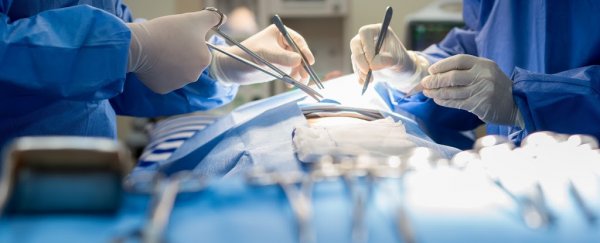A team of doctors at the University of Maryland School of Medicine have placed humans in "suspended animation" for the first time as part of a trial that could enable health professionals to fix traumatic injuries such as a gunshot or stab wound that would otherwise end in death, according to a New Scientist exclusive.
Suspended animation - or "emergency preservation resuscitation," in medical parlance - involves rapidly cooling a patient's body down to ten to 15 degrees Celsius (50 to 59 Fahrenheit) by replacing their blood with an ice-cold salt solution.
This slows down brain activity enough to buy the surgeons time - a couple of hours - to conduct life-saving surgeries.
That's because oxygen is no longer being carried to the brain, thereby stopping energy production. Without cooling, even five minutes without brain functions can cause irreversible damage.
After the operation, the patient's body is warmed up again and the heart is restarted.
The team got permission by the US Food and Drug Administration (FDA) to carry out the trial even without the patient's consent, as there is no alternative treatment available.
A cautionary note: the team has yet to announce the results of the trial - or if any of the patients even survived the ordeal.
Lead researcher Samuel Tisherman told New Scientist that he's hoping to announce the results by the end of 2020.
"Once we can prove it works here, we can expand the utility of this technique to help patients survive that otherwise would not," Tisherman said.
This article was originally published by Futurism. Read the original article.
